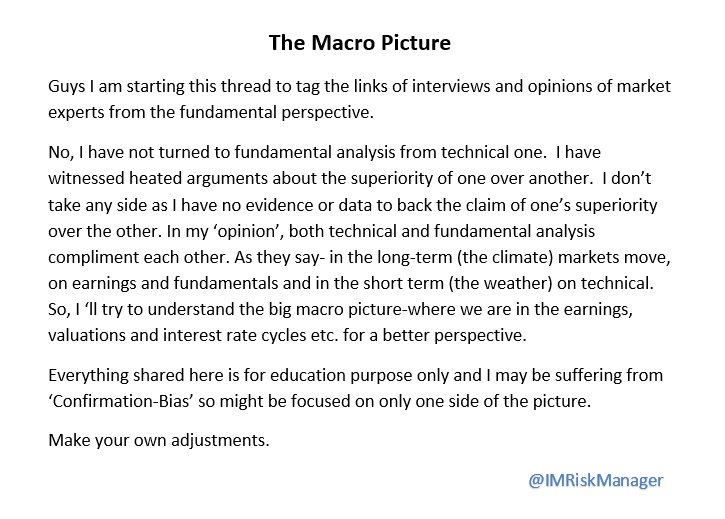Homo sapiens – the species sapiens (wise) of the genus Homo (man).
In Homo sapiens, the brain accounts for about 2–3 per cent of total body weight, but it consumes 25 per cent of the body’s energy when the body is at rest.
Natural selection consequently favoured earlier births.
In the savannahs and forests they inhabited, high-calorie sweets were extremely rare and food in general was in short supply.
The instinct to gorge on high-calorie food was hard-wired into our genes.





